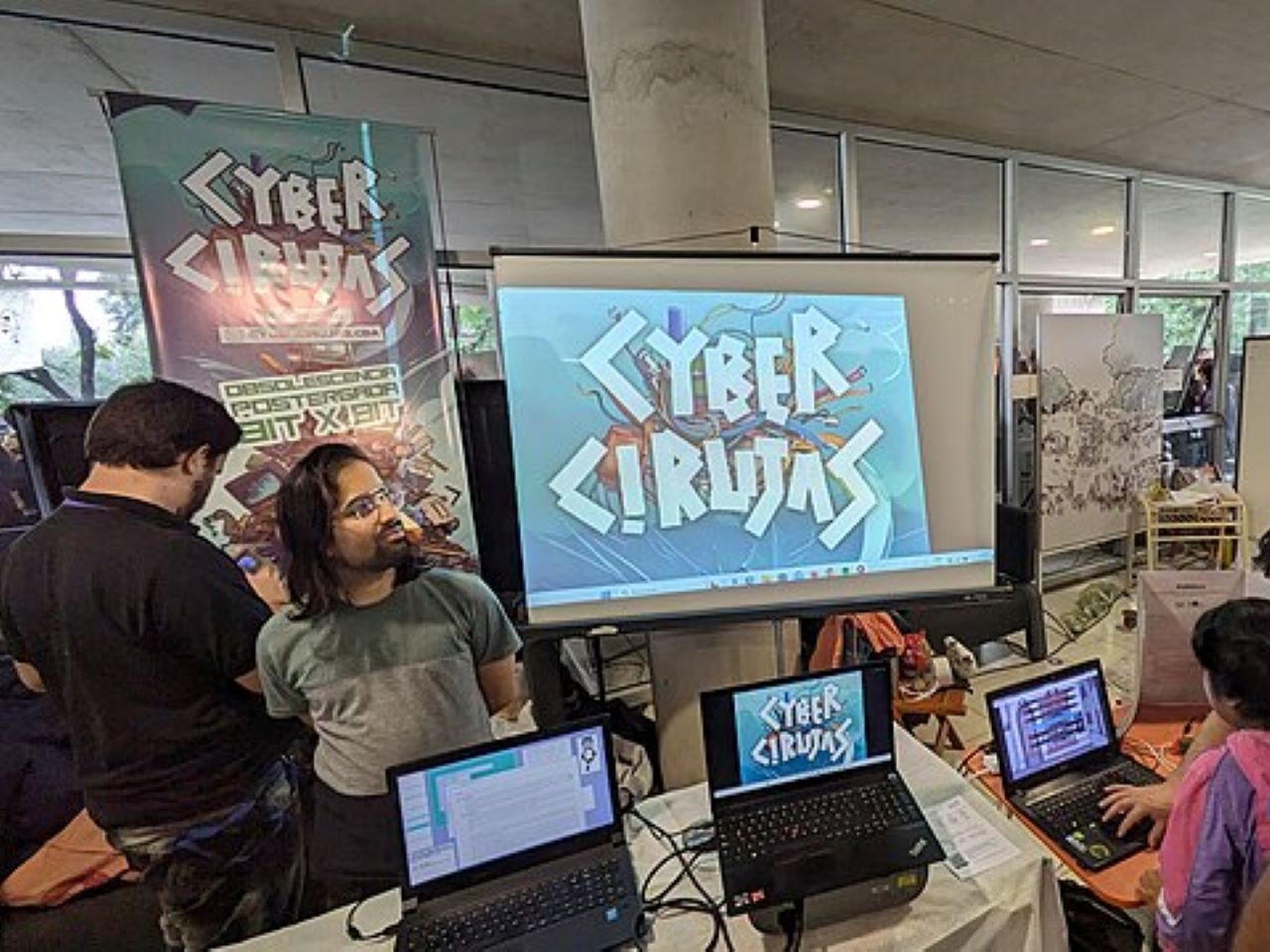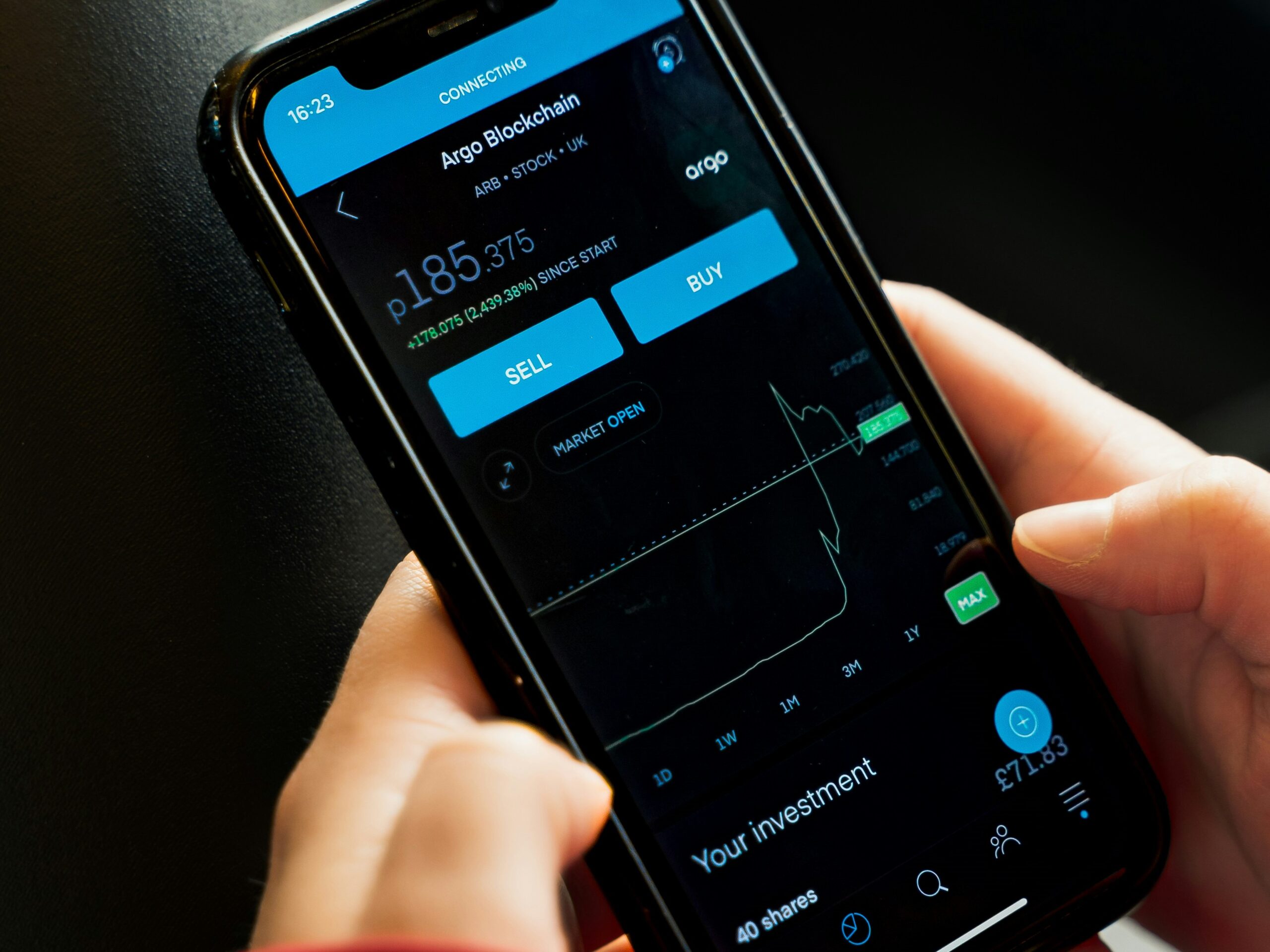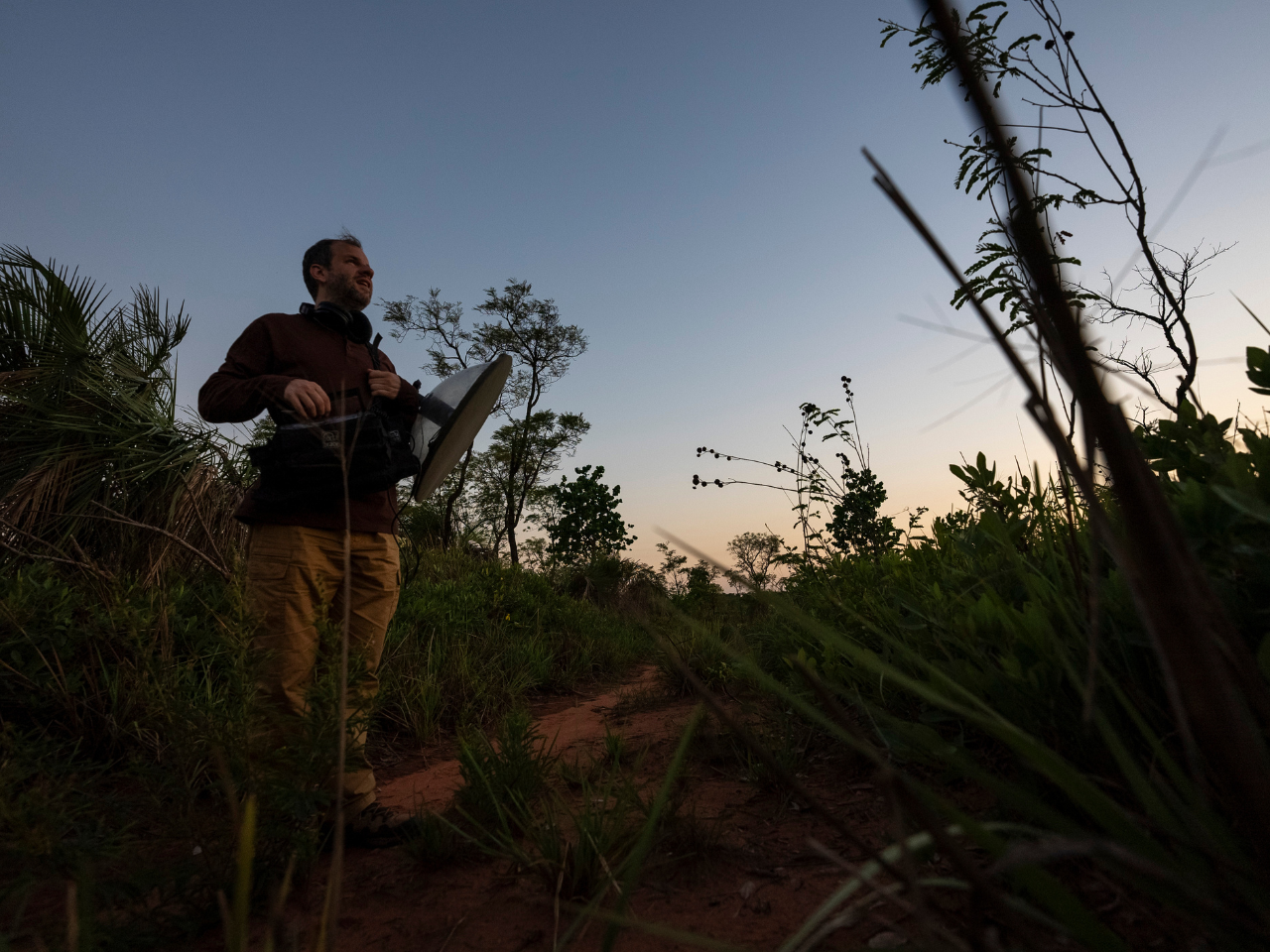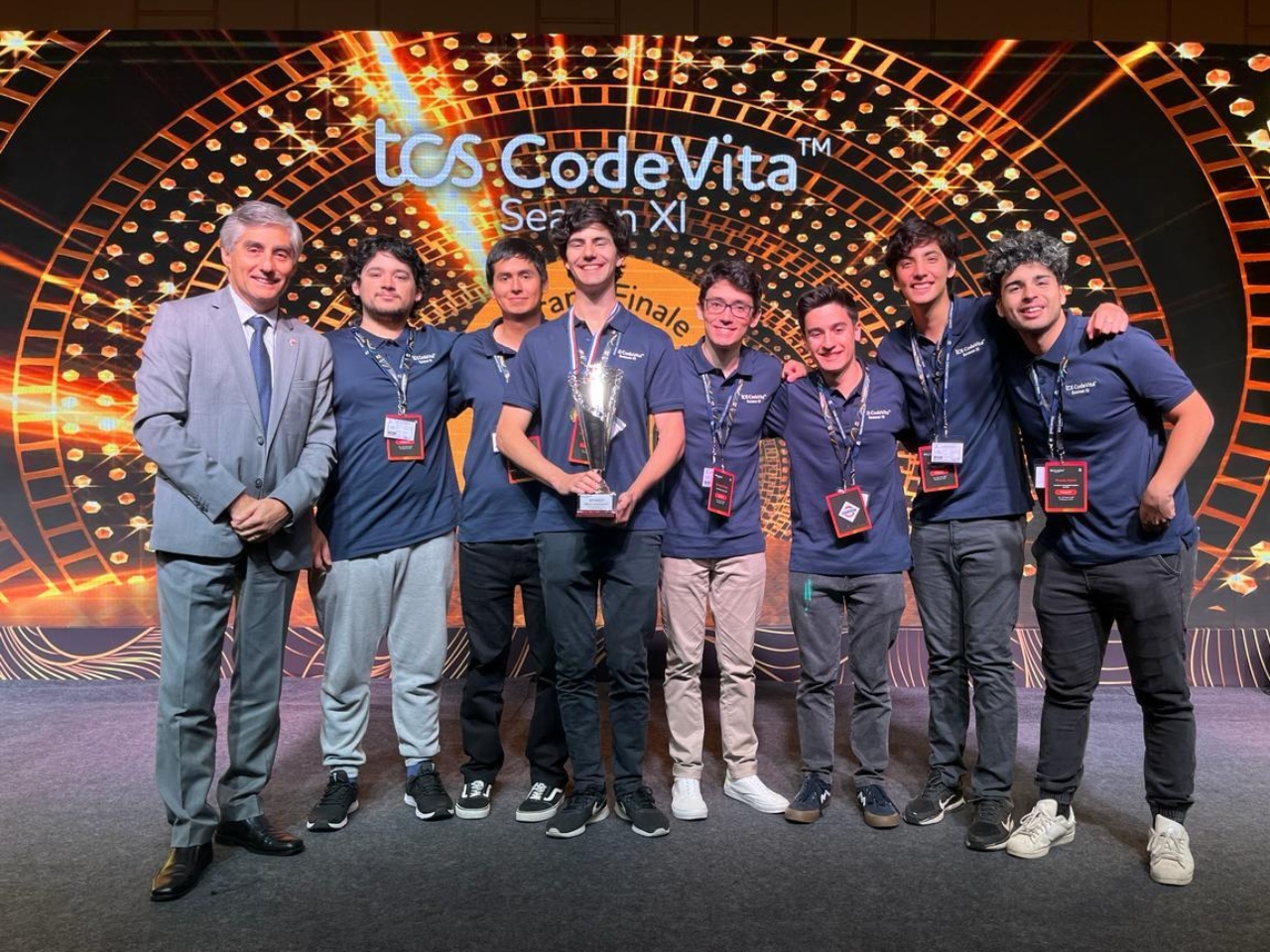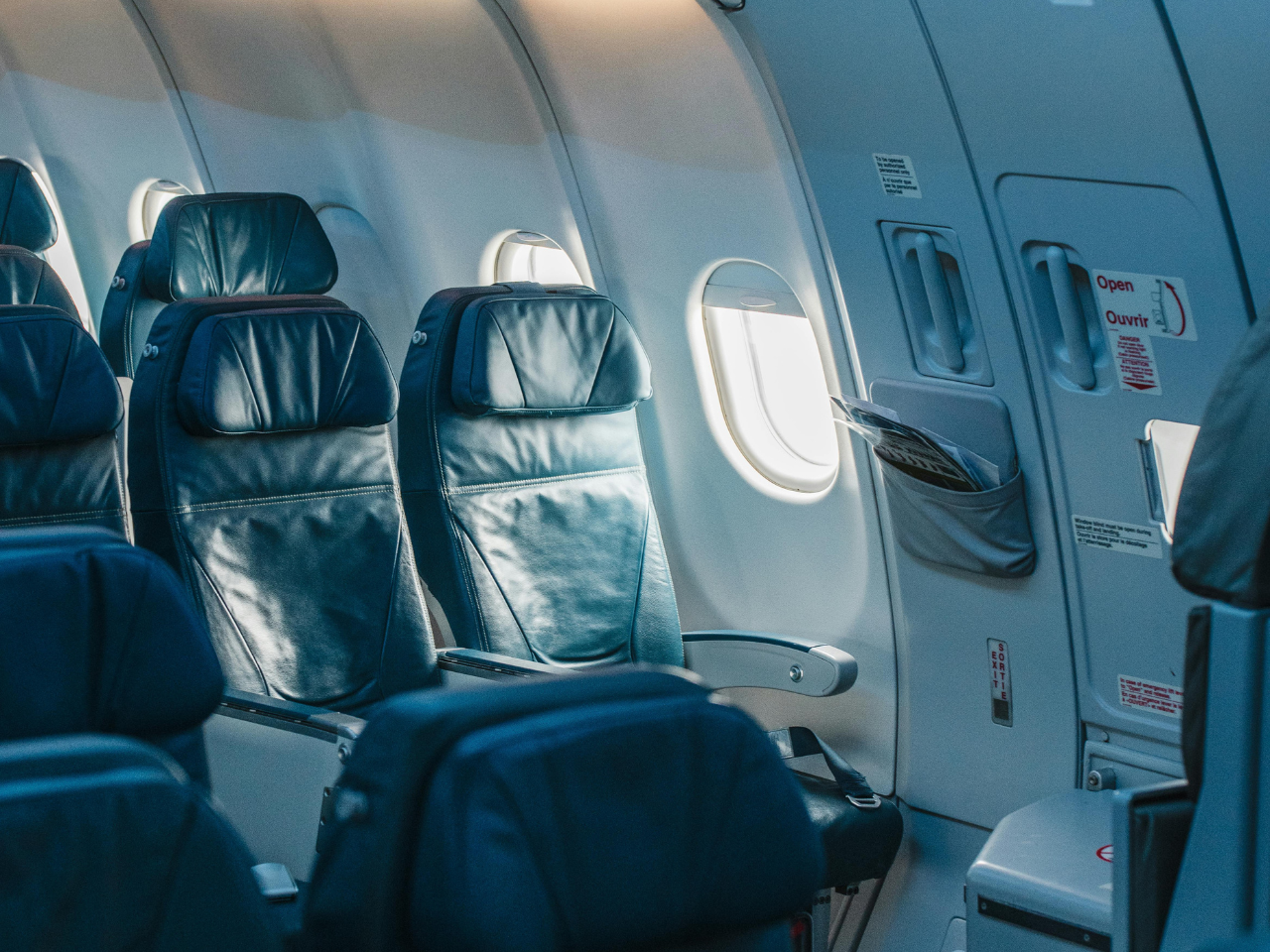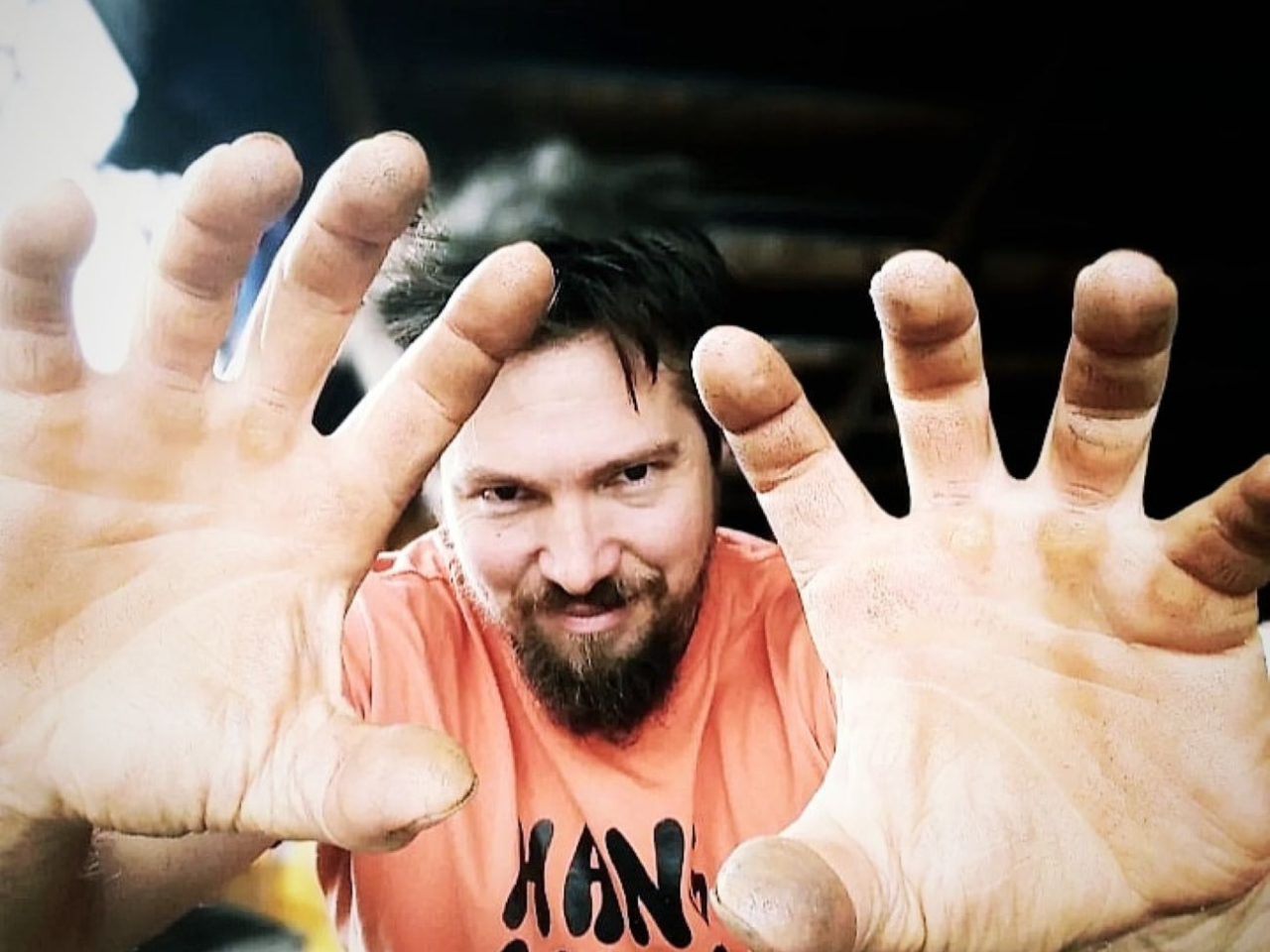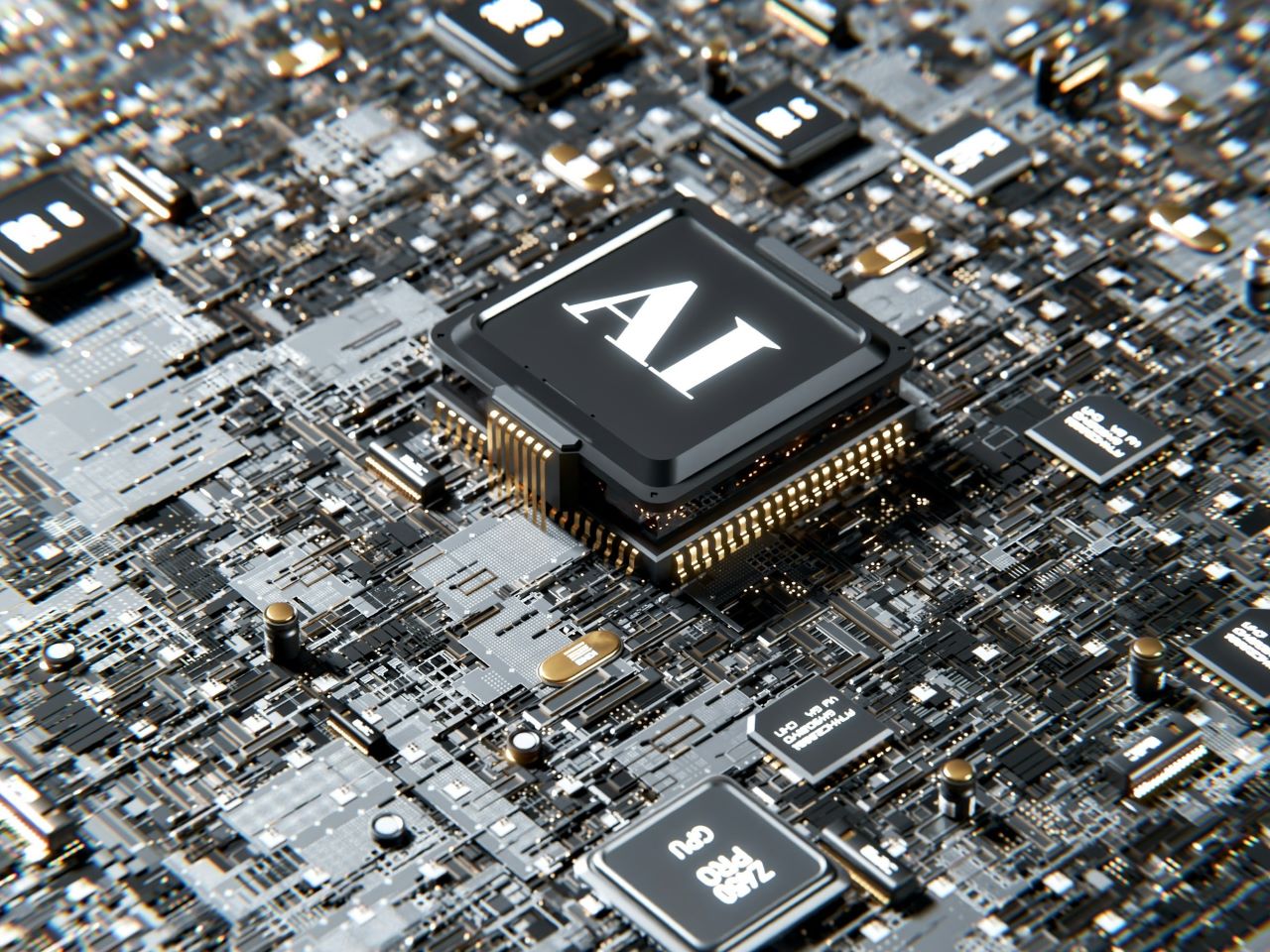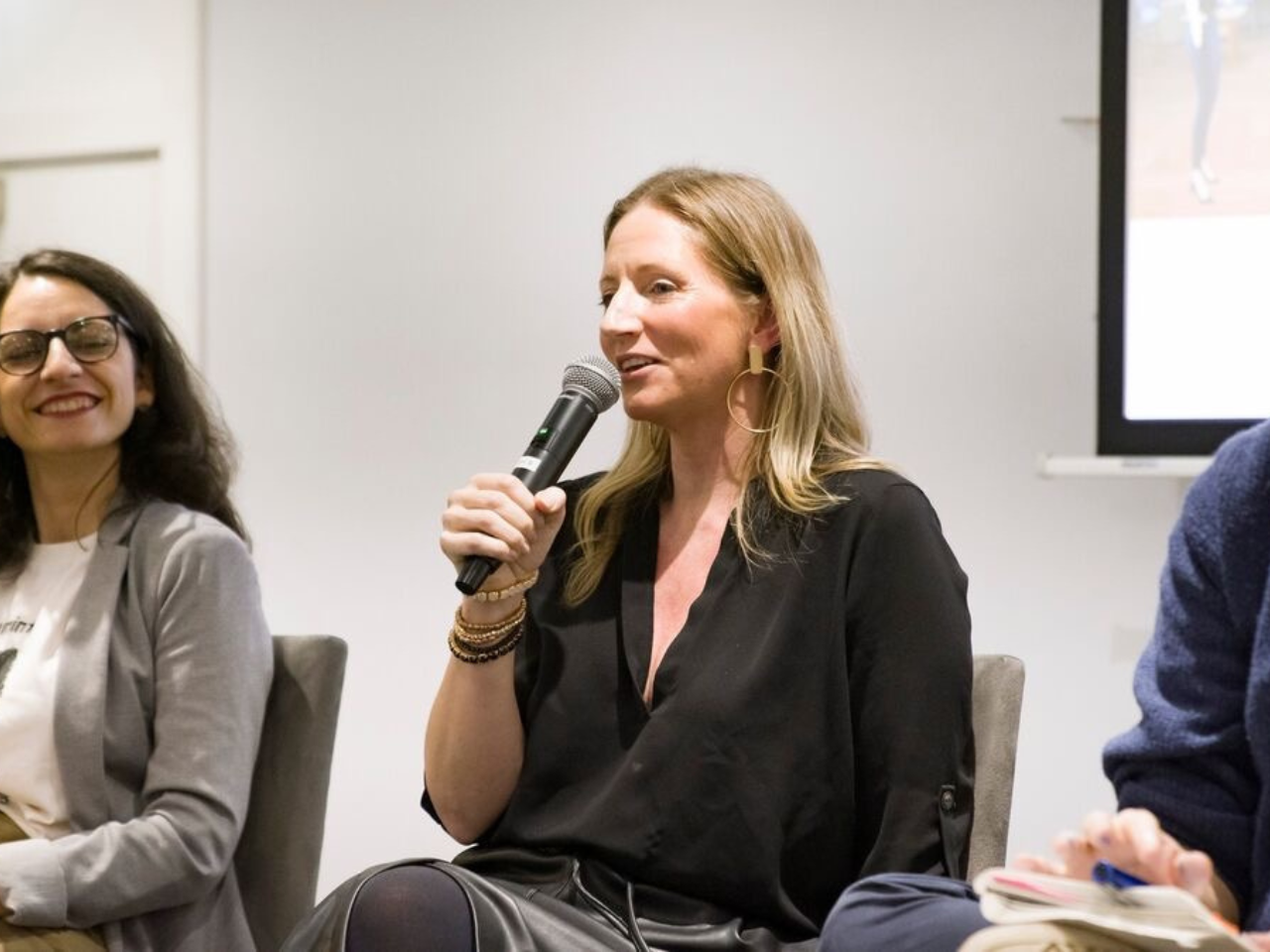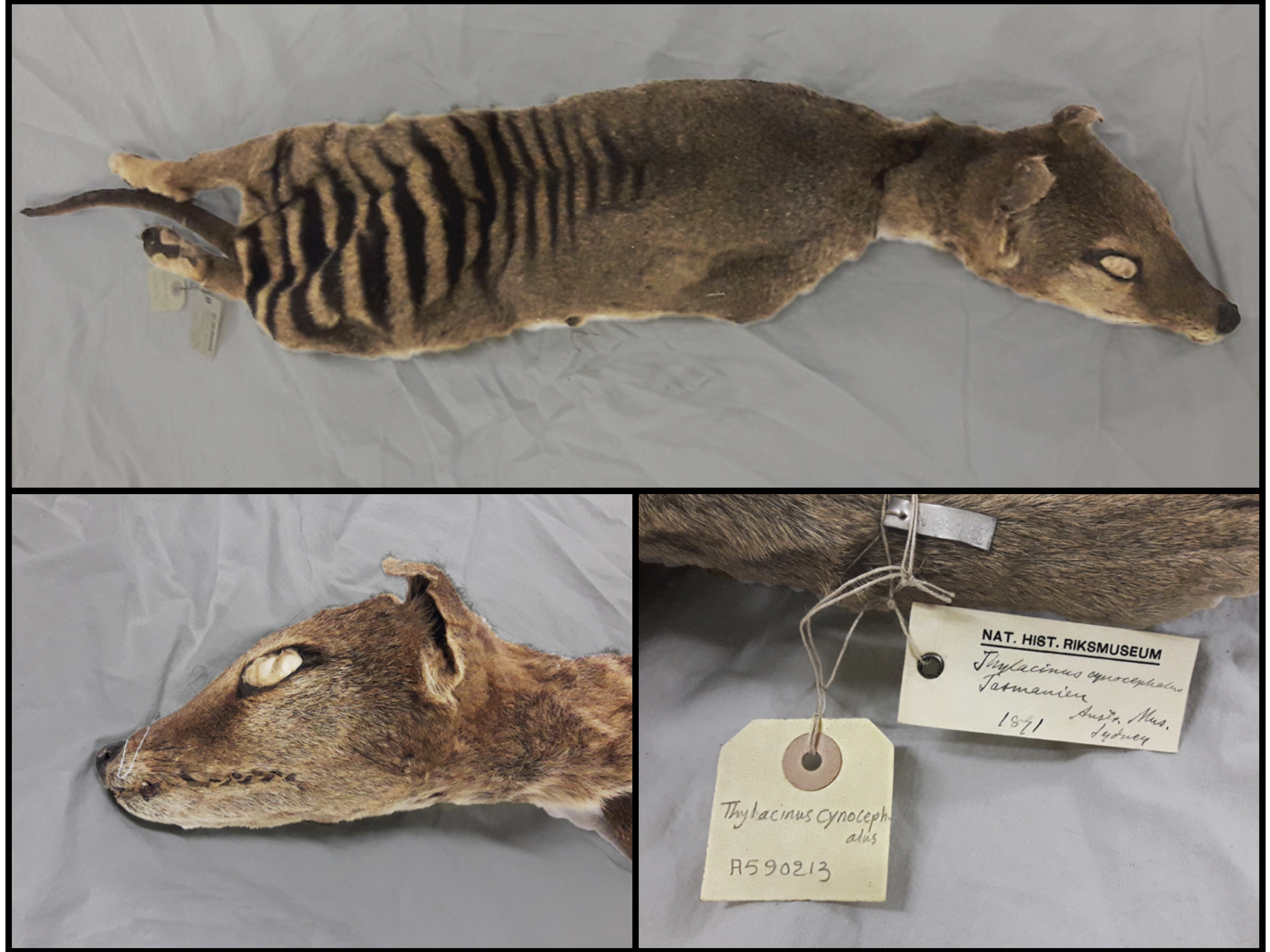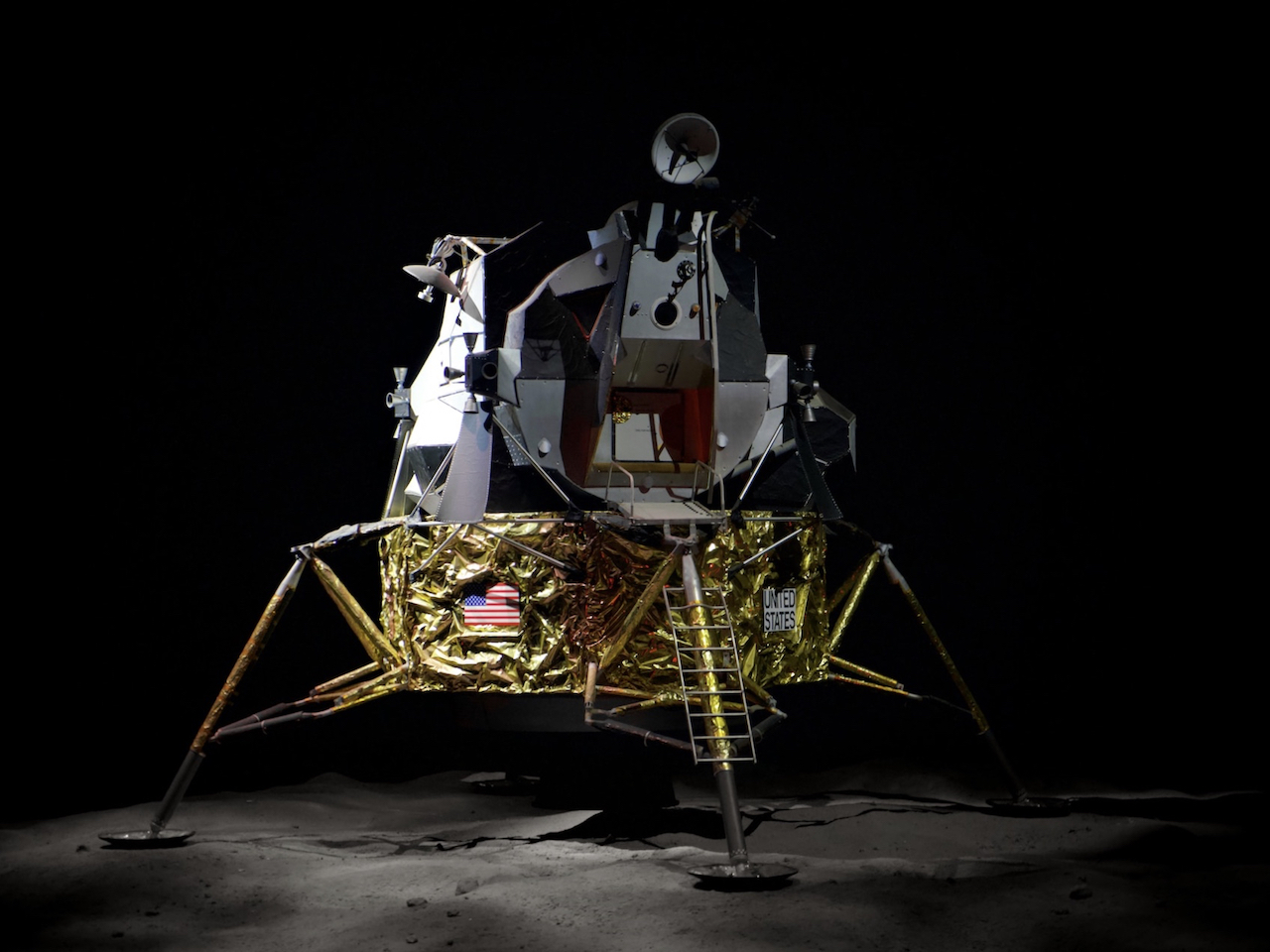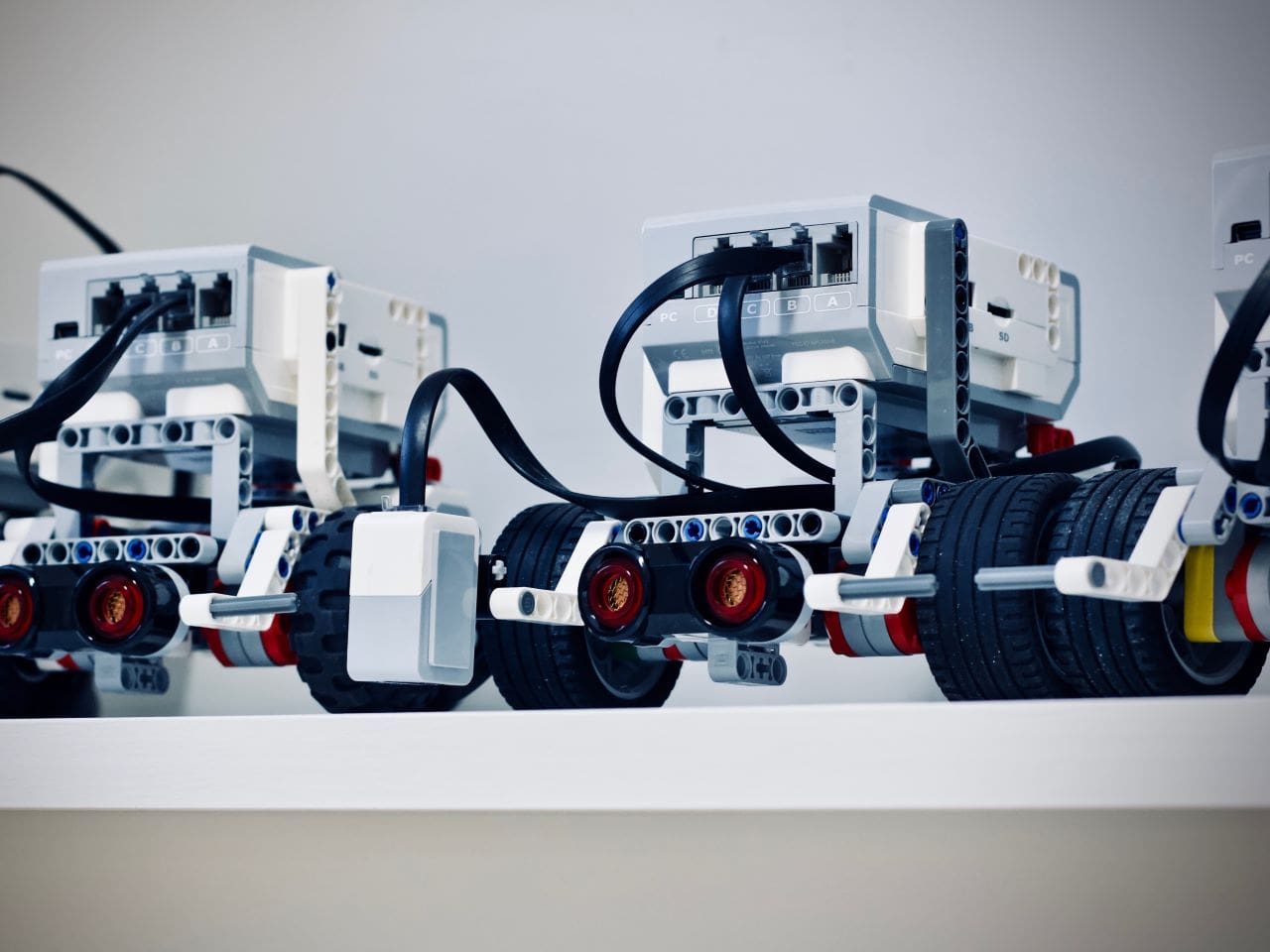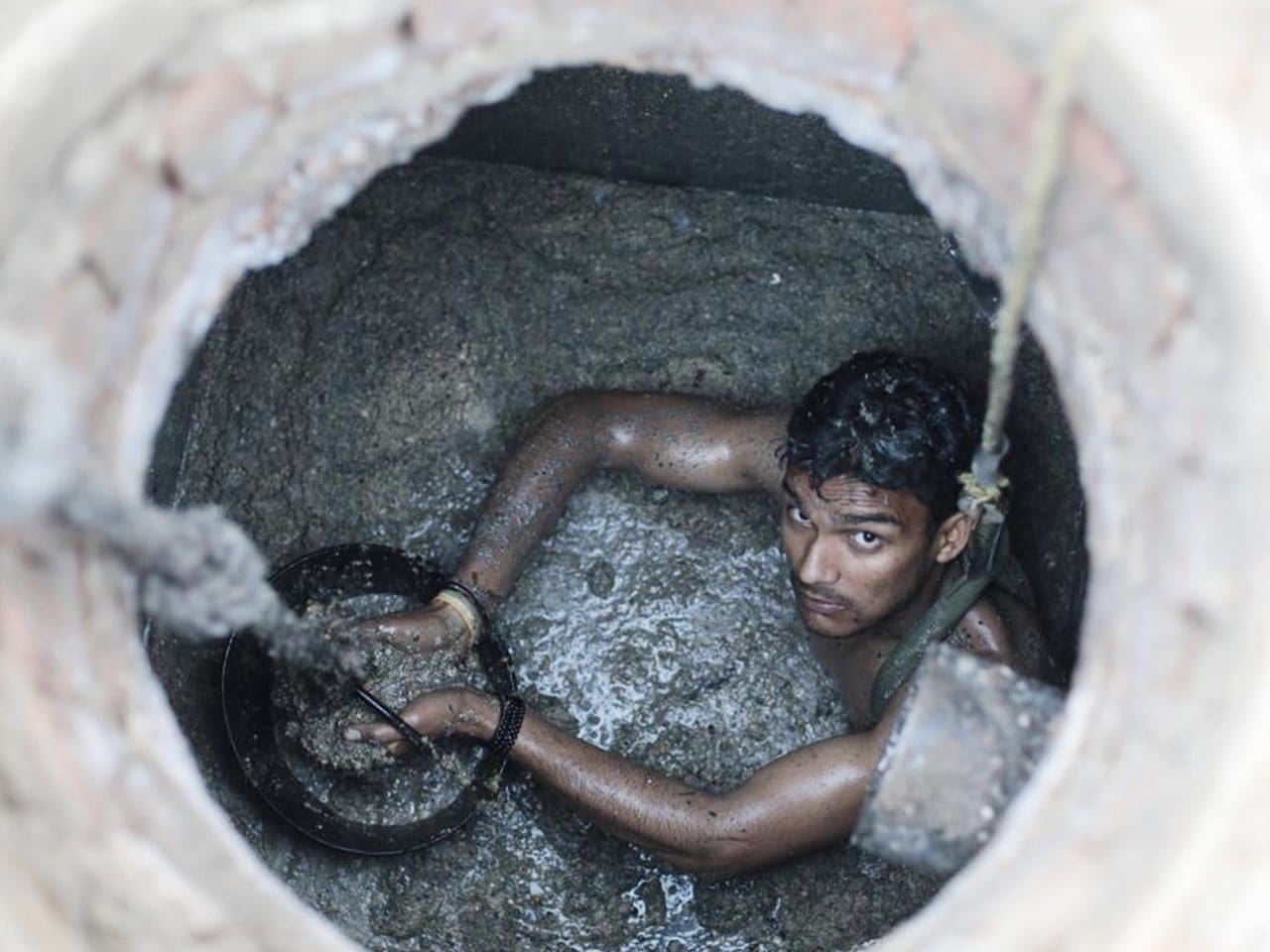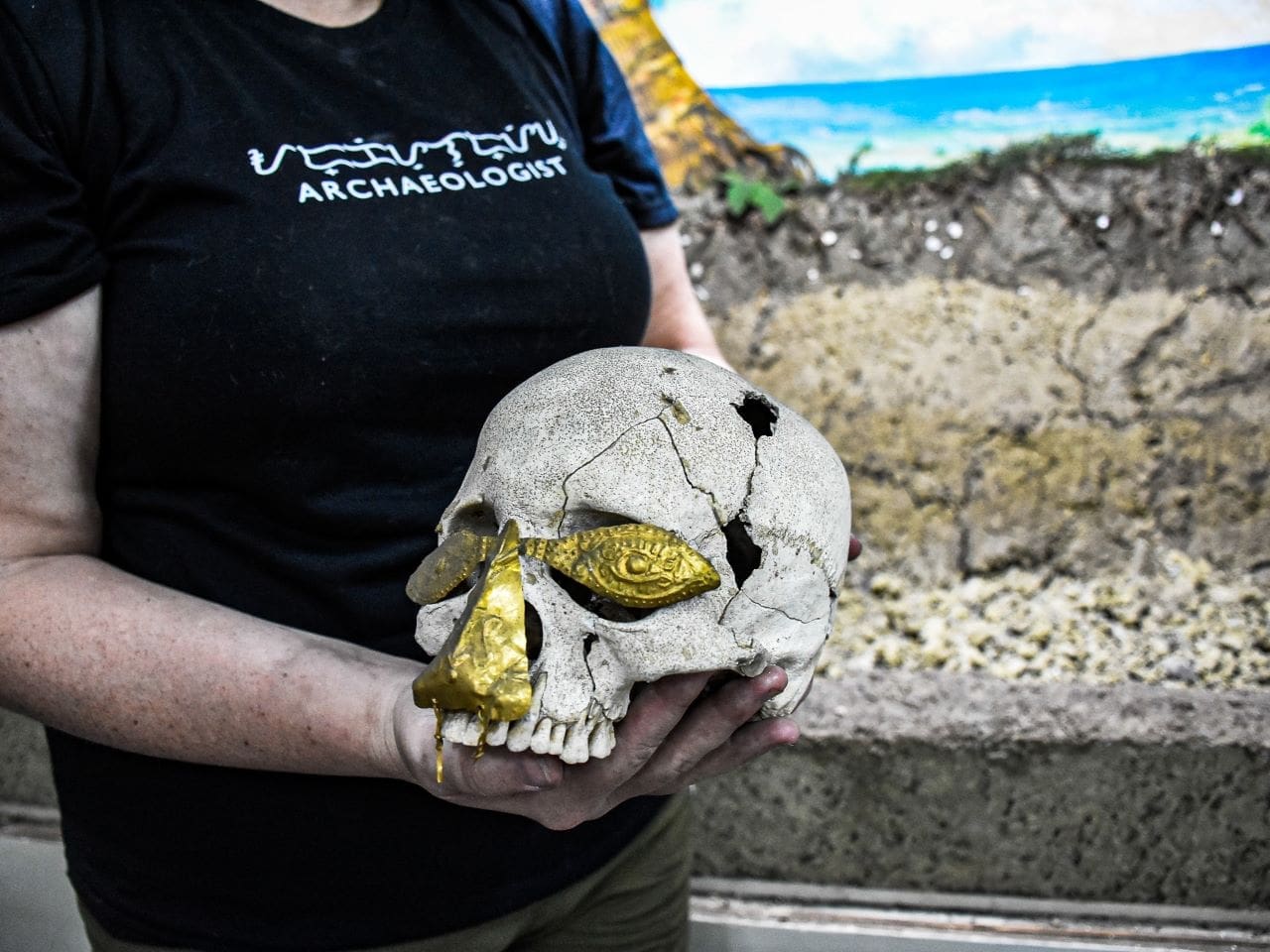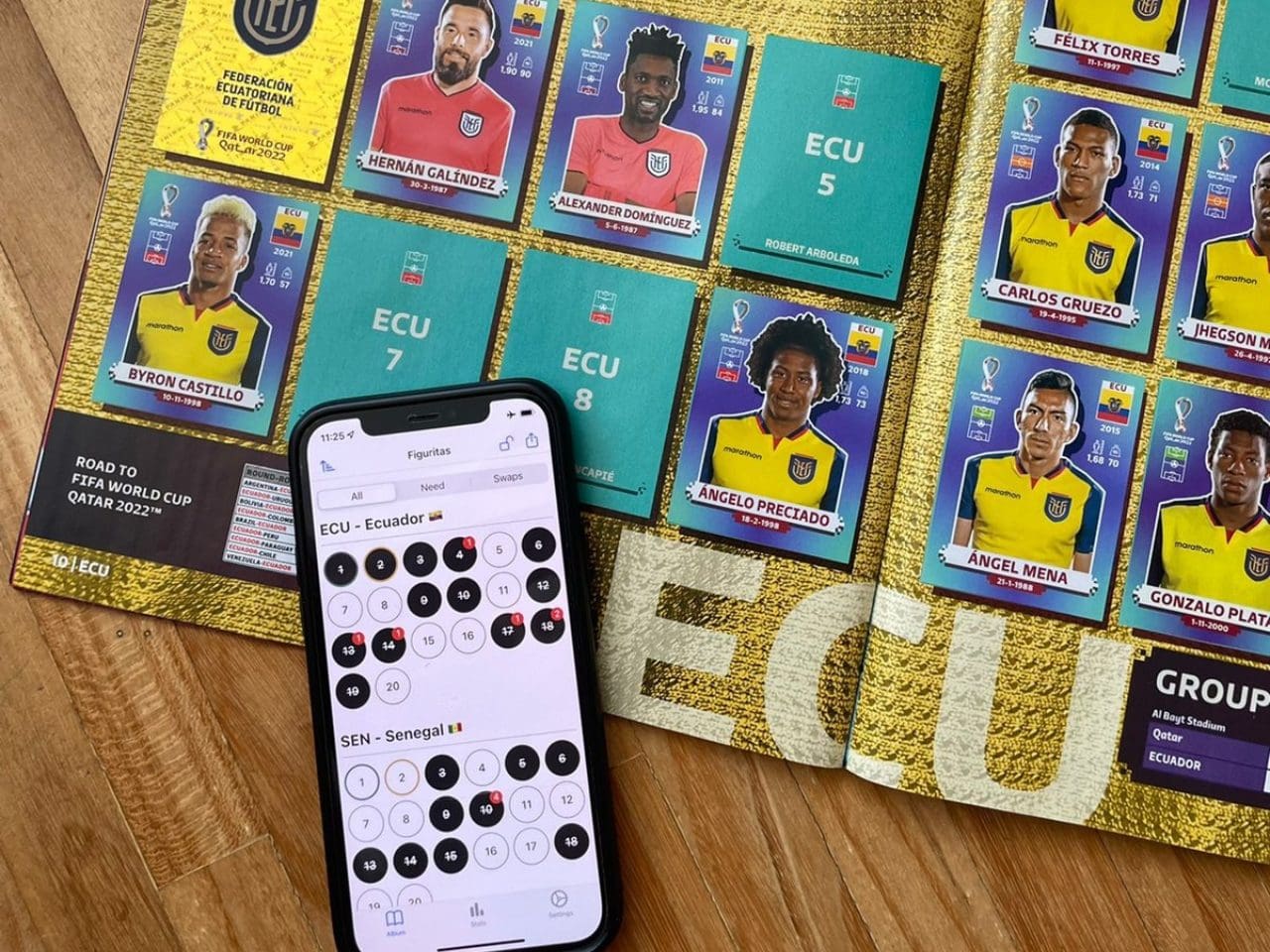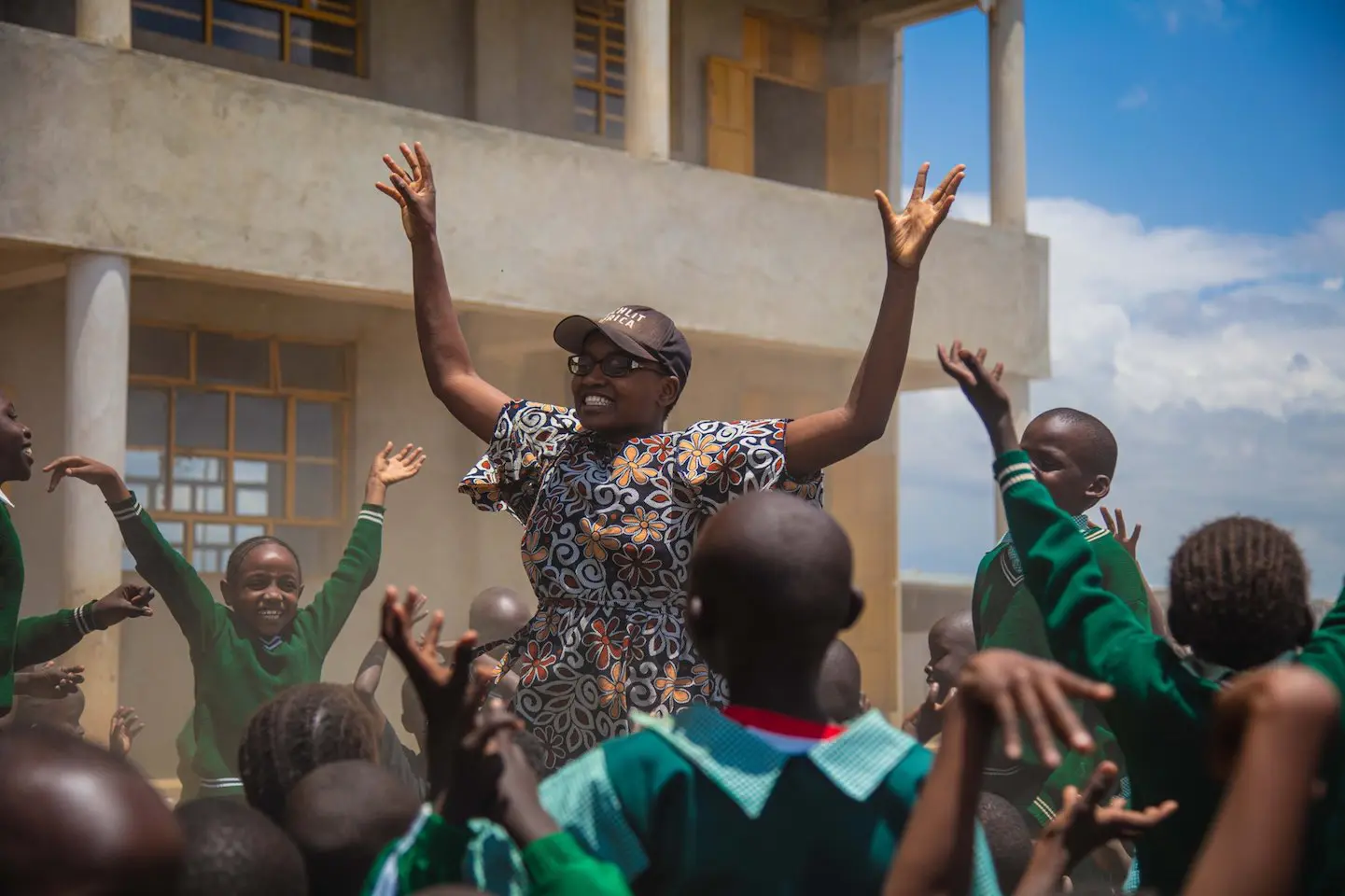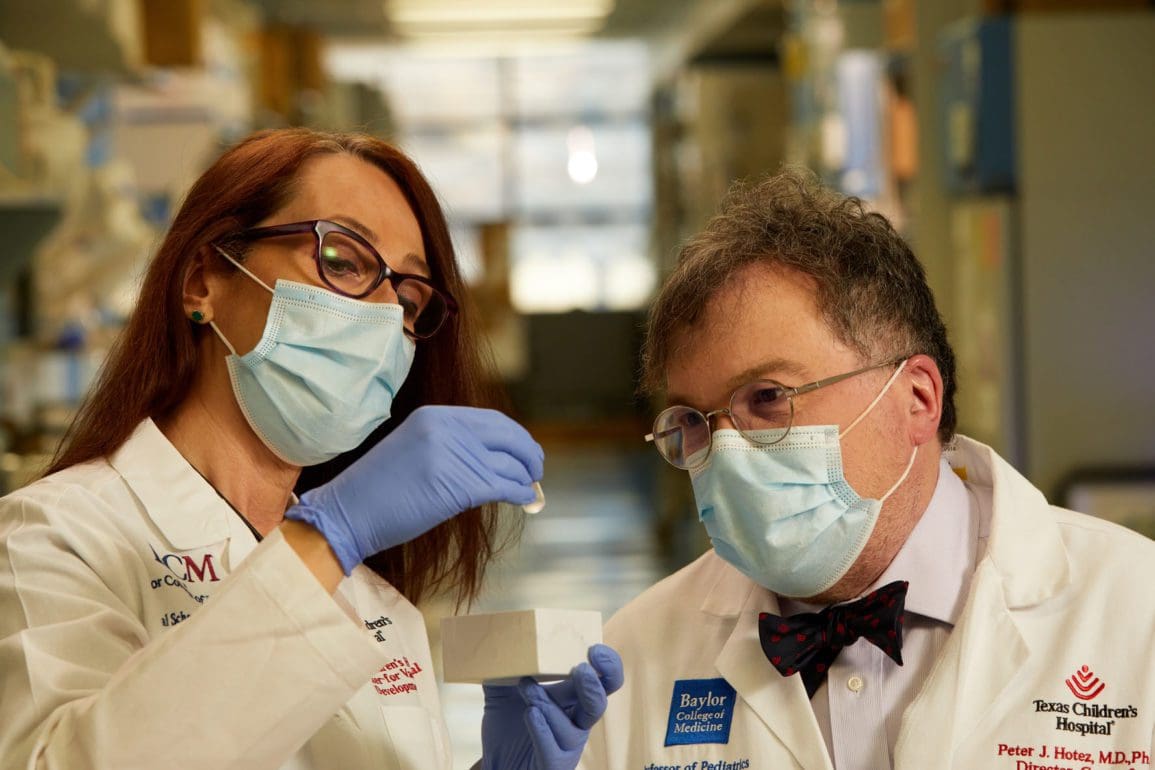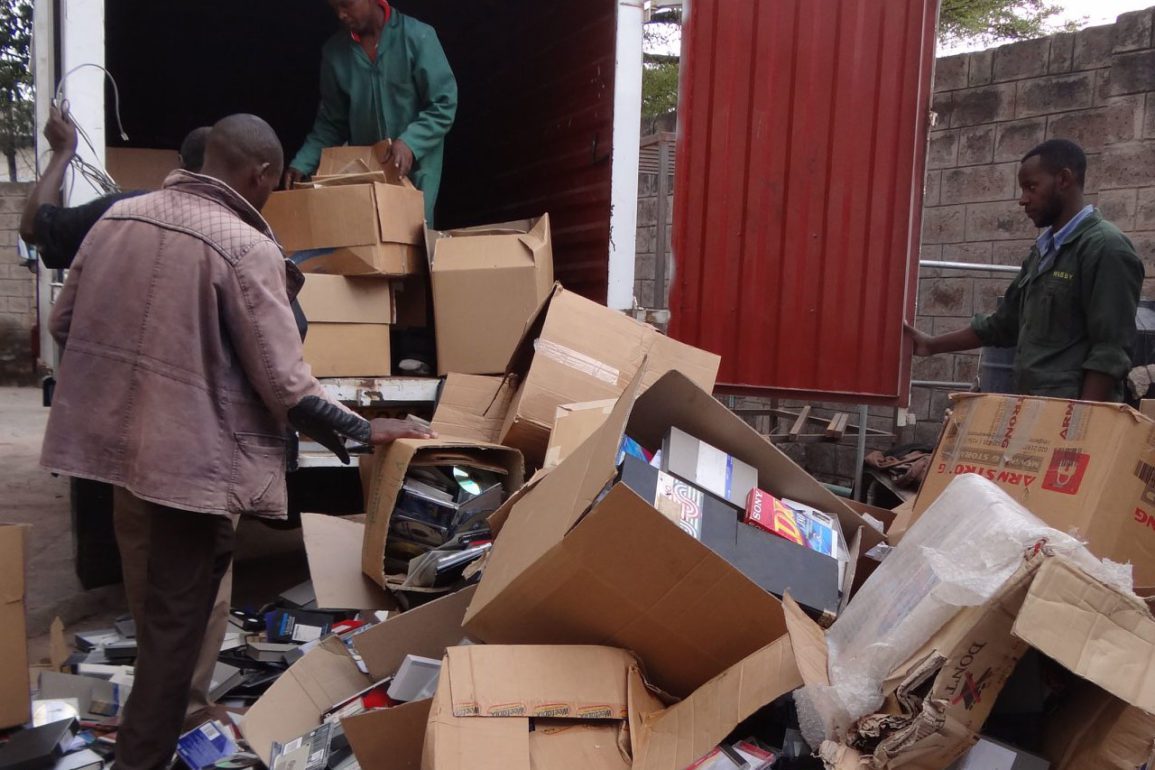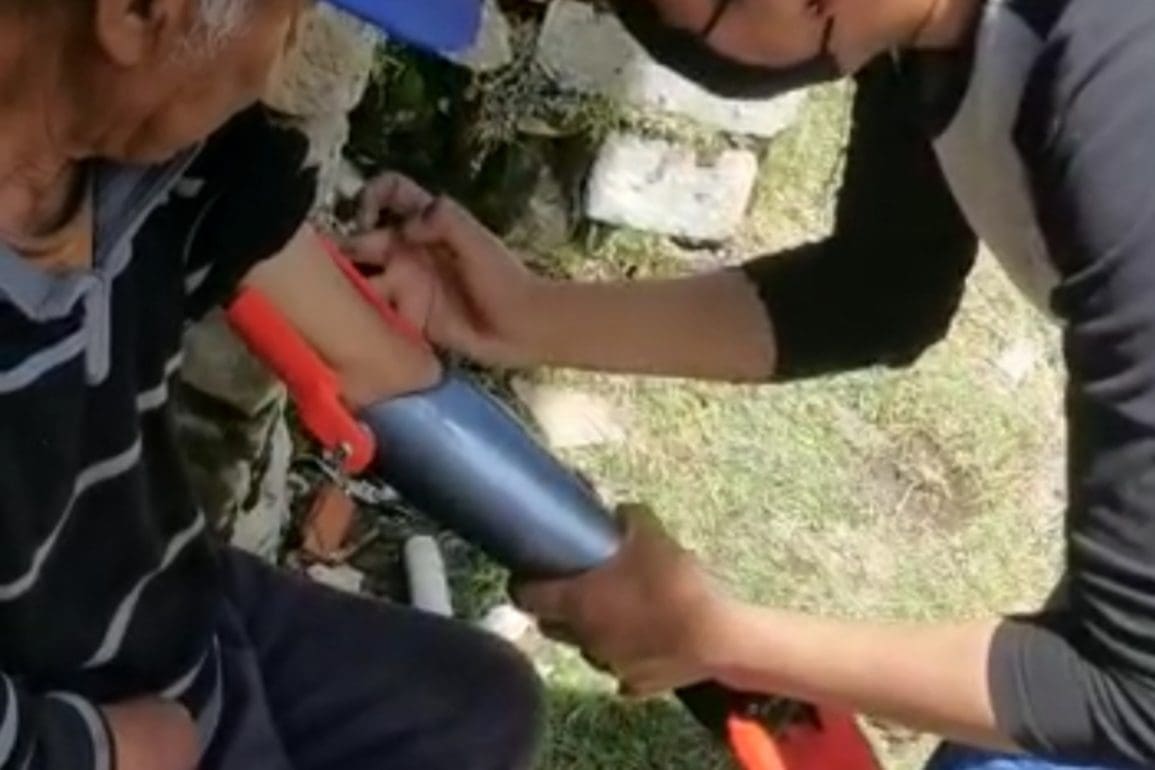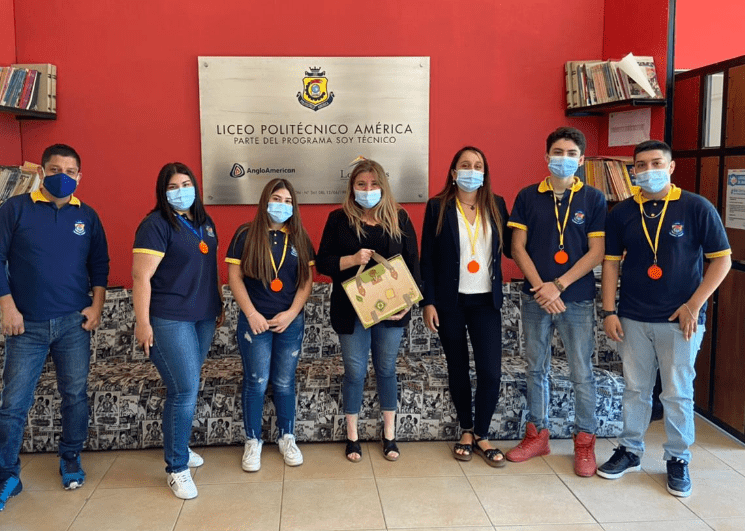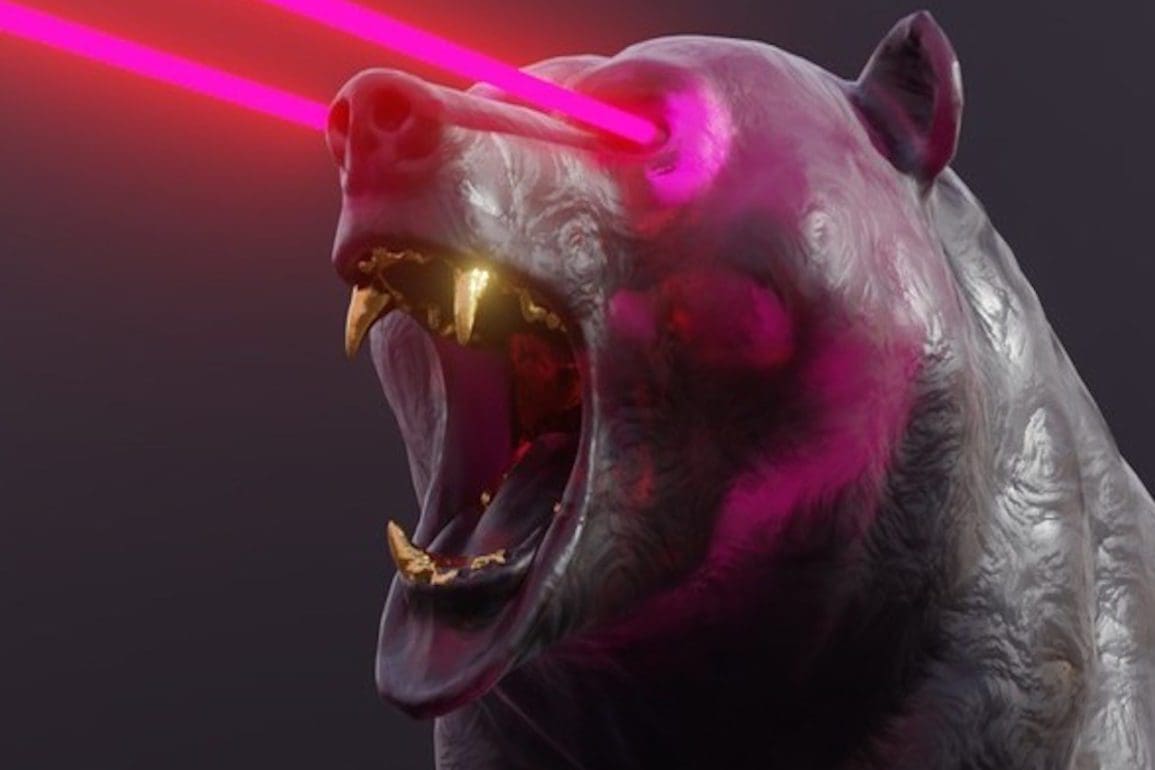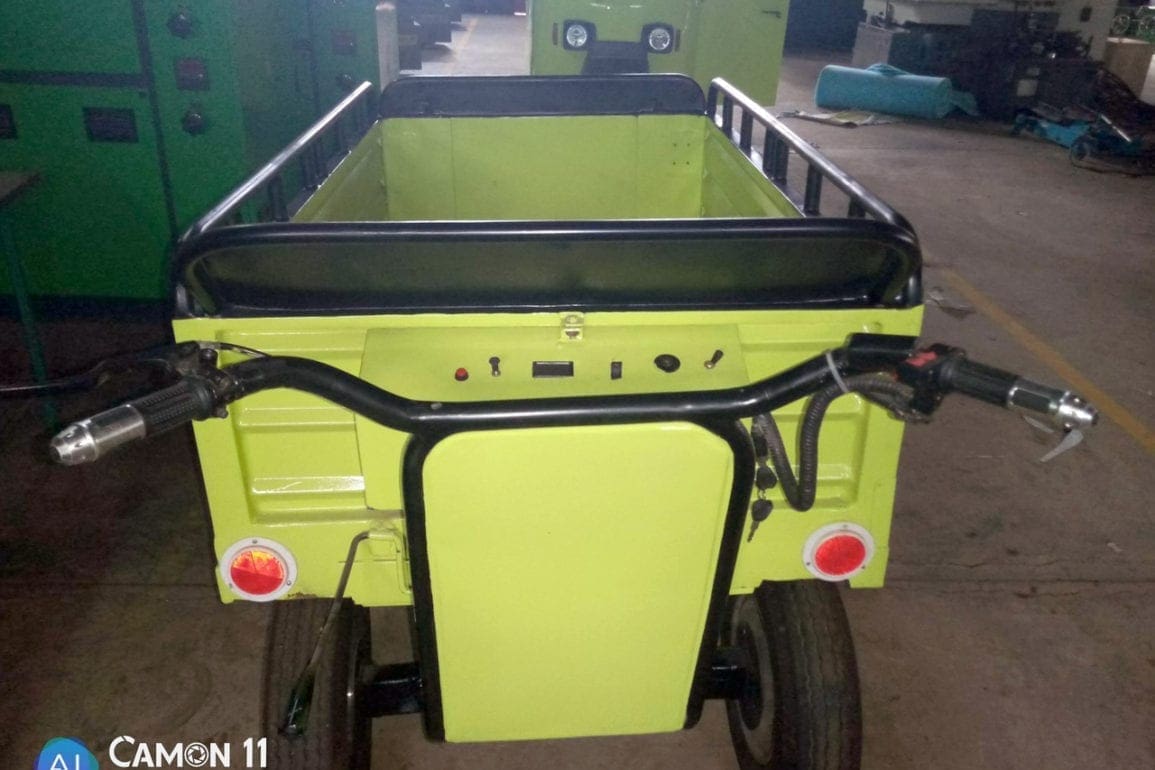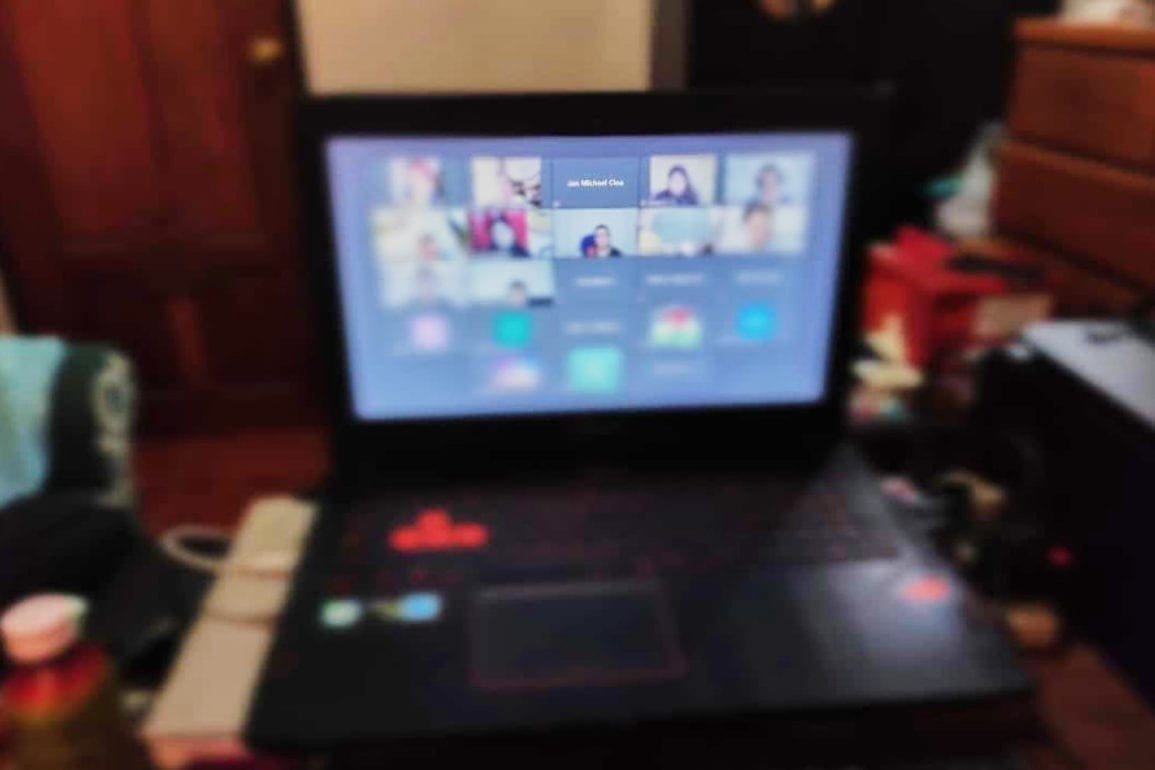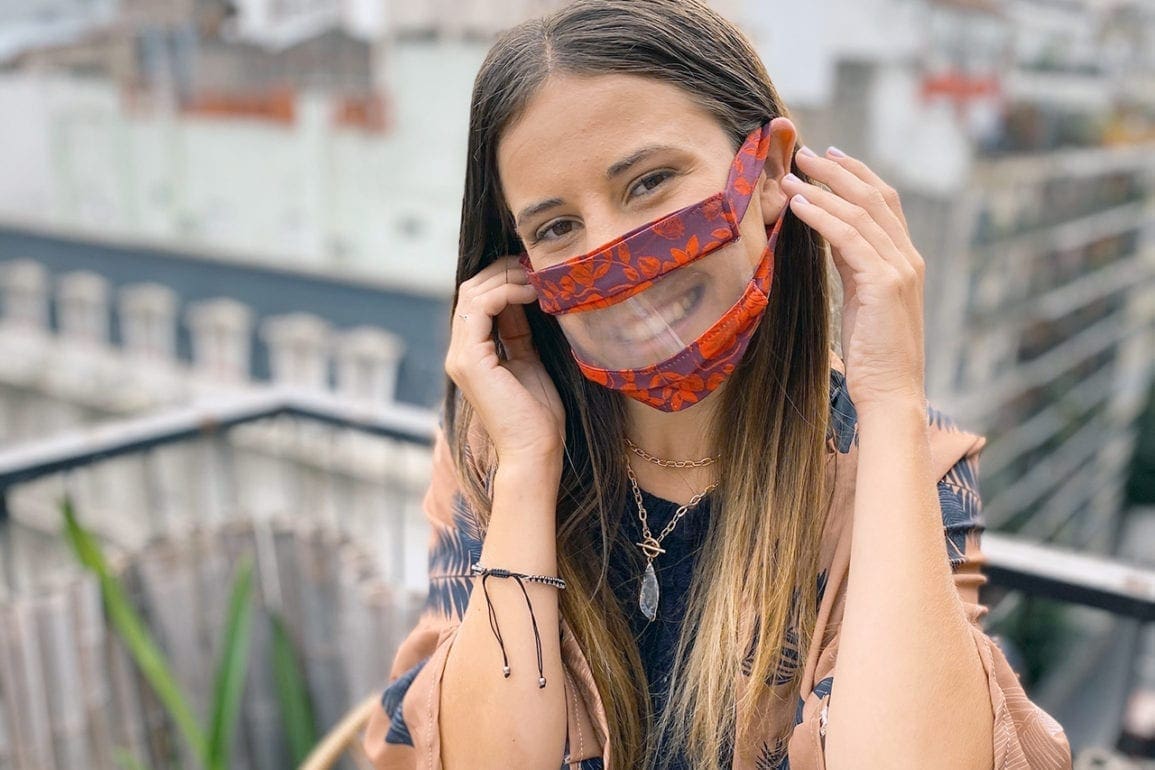Forensic astronomer helps solve crimes: “I determined how and to what extent the murderer saw his victim”
In the murder of Argentine photographer José Luis Cabezas… we determined the full moon illuminated the tragic scene by almost 99 percent that night.
- 2 years ago
February 27, 2024
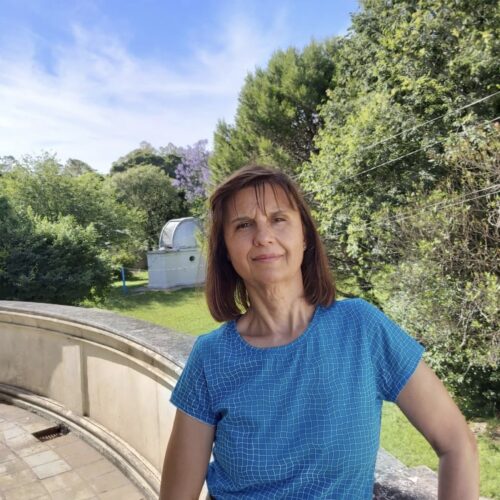
BUENOS AIRES, Argentina ꟷ Before college graduation, I took a job in the Astronomy Department at the University of La Plata. I studied physics, mathematical analysis, and stellar astronomy during my program, but never imagined part of my job would include solving crimes.
In 1987, a month after I took the job, a letter arrived from the Justice Department. It contained a request for information to help solve a case. For a few moments, I stared at that folder, feeling paralyzed. Then, a bolt of energy ran through my body, and I smiled. I looked over at my boss and he told me to respond affirmatively. I held the folder like it was a special gift. That moment launched my journey into solving crimes using astronomy.
Read more stories on science and innovation at Orato World.
The three Marys on Orion’s belt set off years of fascination with astronomy
While I love my job, being a detective was not my first career choice. As a child, I dreamt of being an astronaut. While my mother was pregnant with me, Yuri Gagarin became the first man to orbit the earth. I believe in some magical way, being born in that special era, my mother transmitted her love for the cosmos to me.
As a child, I spent hours looking out the window of my room at the stars, especially in summer. Pointing to the sky, my mother showed me the stars called the three Marys [on Orion’s belt]. Every night when I went to bed, I thought of those extraordinary moments. Since my name is Maria, I imagined dwelling in the sky alongside the three Marys. It felt like a form of connection.
While walking on the beach during vacations, I looked up at the stars and got lost in the sky. Then, in July 1969, on NASA’s Apollo 11 mission, they put two humans on the moon for the first time. Shortly after, on Children’s Day in 1970, my mother asked me and my sister to choose a gift from the toy store.
As I stood still, I caught a glimpse of a book. On the cover, an astronaut stood in the foreground. It pictured a spaceship in flight and the Earth in the background, as another cosmic object shined through. The book Men on the Moon enthralled me. I spent entire nights, devouring it, immersed in its pages as I dreamt of traveling through space. Several decades later, I still have that special treasure on my bookshelf.
After studying the extra-galactic celestial reference system, the judiciary comes calling
After high school, it dawned on me that many barriers to my dream existed. Astronauts were men, came from the military, and were of Russian or American citizenship. Despite these limitations, I felt undeterred and fought hard for a chance to see the universe myself. I remained magnetized every time I gazed up at the sky.
One day, I opened one of my father’s books and discovered a fascinating photo of a comet. The caption read, “Photo taken by the La Plata Astronomical Observatory.” Staring at the image, a new dream emerged. If I could not be an astronaut, I would become an astronomer.
I studied all the way through my doctorate, including the extra-galactic Celestial Reference System and how it positioned objects in the sky. It acts like a map, used to understand how celestial objects move and evolve. It allows us to calculate the past, present, and future position of the sun at a certain point on the planet. This journey through time felt mind blowing.
When I began working on solving crimes using astronomy, we often received a letter from the judiciary. They wanted to know the position of the Sun in the sky on a certain day, time, and place. I detailed the information, including what it looked like in terms of luminosity at the time of the event.
Using the daily anniversaries of the Sun and Moon, and the geographical coordinates of the place where the event occurred, I provided the required information. I also used special simulation programs to calculate the location of the stars from a certain spot. The questions often remained the same: What time did the Sun rise? When did it become bright? What time did the Sun set? What was the position of the Sun at that time?
A person’s life can hang in the balance based on forensic astronomy
In addition to calculating the position of the Sun or Moon at key moments, astronomers look at other data. For example, did the event occur during a civil twilight [when the geometric center of the Sun’s disk is at most six degrees below the horizon]. How clear was it? What was the level of the Moon’s illumination?
These parameters can help solve cases. While it may seem strange, these details can serve as fundamental evidence when a person says, “The sunlight blinded me and caused the crash,” or “It was pitch black out and I did know where I fired the shot.” I intervene to provide certainty and my answers can change a person’s destiny. I feel like I paint the scene with light and shadow.
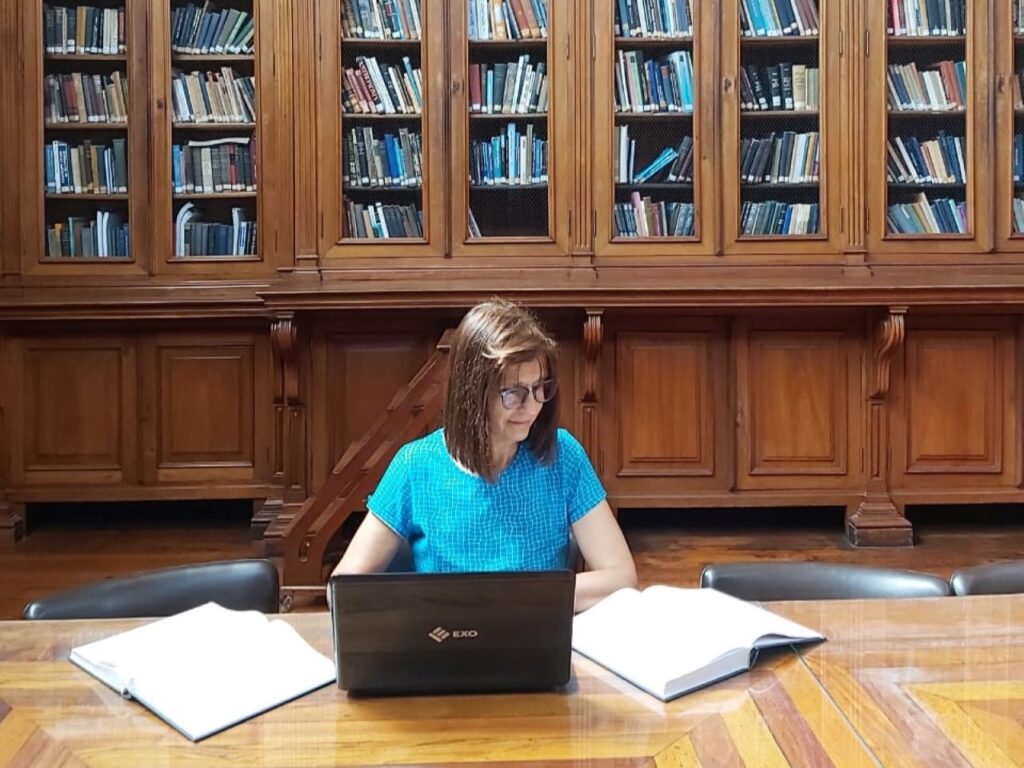
To help with this task, I use the GAIA-DR3 astrometric satellite of the European Space Agency. Once I gather the data, I run a variety of mathematical calculations, inputting the data in a computer. The values – usually numbers – transform into the precise information needed for my work. As I proceed through the process, I put together a puzzle in my mind of the scene of the crime. Little by little, with each piece of information, images form. I see what happened at that crucial moment.
By the end of my process, if I close my eyes, I can imagine a star, millions of light years away, providing details. When I had to calculate the position of the sun for a homicide case, I remember feeling intense pressure. I felt like the verdict depended on me. One wrong calculation can lead to the conviction of an innocent person. Nervously, I opened the folder and began to read.
Instead of a space suit, astronomer dons a white lab coat
When the event happened it was evening, so I had to determine what light illuminated the scene, as well as how it affected the defendant’s vision. While I calculated the numbers, they soon began to transform into images in my mind. I could see the scene described with complete clarity, determining there had been a twilight.
I reviewed the accounts several times as I wanted utmost assurance I had the correct result. At some point, I even asked my boss to confirm my calculations. In the end, I determined how and to what extent the murderer saw his victim.
In the murder of Argentine photographer José Luis Cabezas, a case which received significant media attention, we determined the full moon illuminated the tragic scene by almost 99 percent that night. The data we shared helped the case. Not all cases are crimes. Some include car accidents occurring at sunrise or sunset. Someone may argue the light blinded them. Other cases include negligent injuries or problems between neighbors due to shadows produced during construction.
In the end, my job in forensic astronomy brings me joy. It connects me with people while allowing me to spend hours researching far away stars. It also remains a critical job for society, helping determine what is true or false.
During my hour-long drives early in the morning or late evening between my home in Buenos Aires and La Plata, I look up at the sky, taking in the Moon and stars. I obsessively watch them say, “Good morning,” or “Goodbye.” Each time, I fall more in love with astronomy. Hypnotized by their splendor and magic, I continue on the path I chose, one beautiful day at a time.





